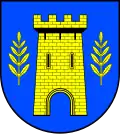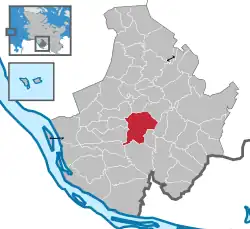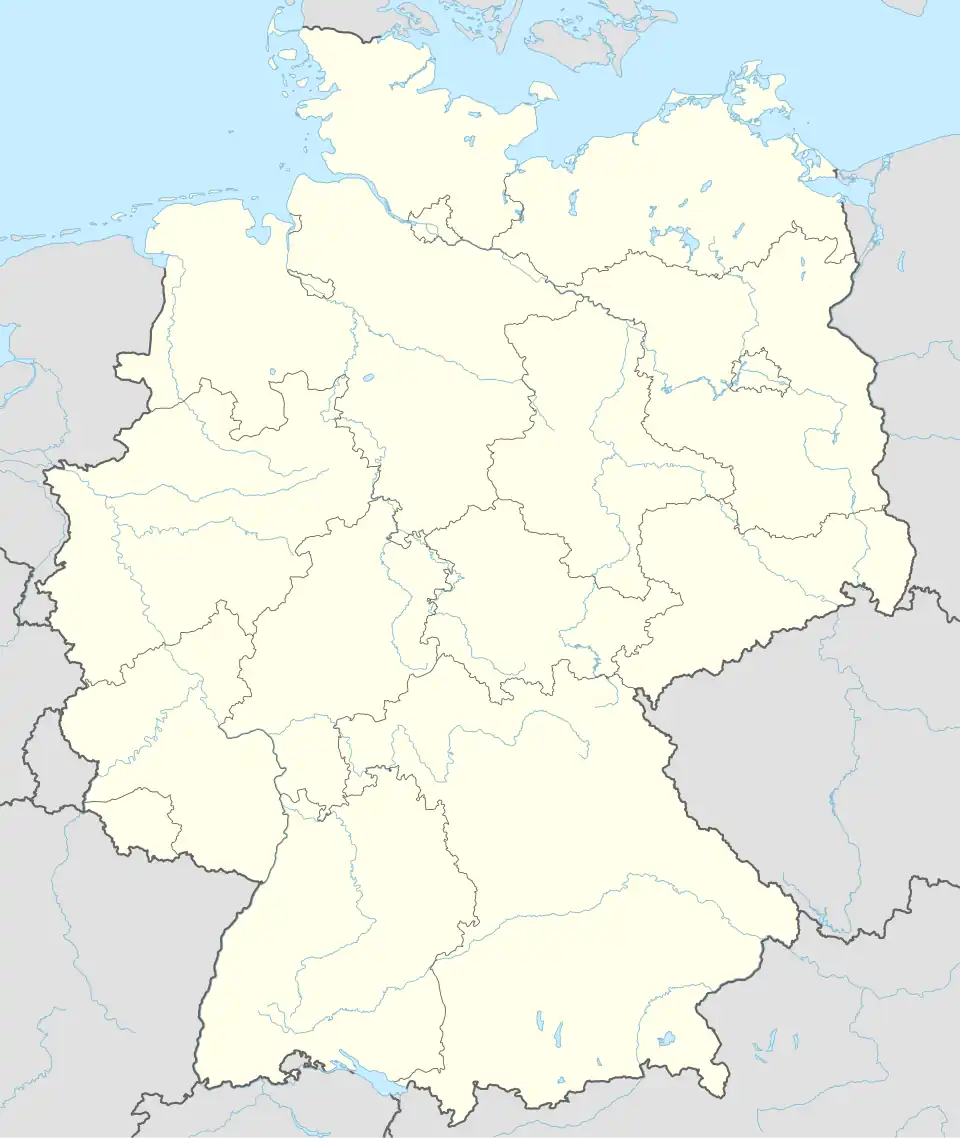Tornesch
Tornesch | |
|---|---|
 Flag  Coat of arms | |
Location of Tornesch within Pinneberg district  | |
 Tornesch  Tornesch | |
| Coordinates: 53°42′N 9°43′E / 53.700°N 9.717°E | |
| Country | Germany |
| State | Schleswig-Holstein |
| District | Pinneberg |
| Subdivisions | 3 Stadtteile |
| Government | |
| • Mayor | Christopher Radon |
| Area | |
• Total | 20.61 km2 (7.96 sq mi) |
| Elevation | 12 m (39 ft) |
| Population (2023-12-31)[1] | |
• Total | 14,460 |
| • Density | 700/km2 (1,800/sq mi) |
| Time zone | UTC+01:00 (CET) |
| • Summer (DST) | UTC+02:00 (CEST) |
| Postal codes | 25436 |
| Dialling codes | 04122, 04120 |
| Vehicle registration | PI |
| Website | www.tornesch.de |
Tornesch (German pronunciation: [ˈtɔʁnɛʃ]; Low German: Torneesch) is a town in the district of Pinneberg, in Schleswig-Holstein, Germany. It is situated approximately 7 km (4 mi) southeast of Elmshorn, and 25 km (16 mi) northwest of Hamburg. Tornesch is also the home of the Klaus-Groth-Schule, named after the German poet Klaus Groth. It is also home to the Fritz-Reuter-Schule, named after German writer Fritz Reuter.
History
Tornesch has a place in biochemical history from the wood saccharification[2] process developed by Scholler,[3] also known at the Scholler-Tornesch process. The first factory to use the process was built in Tornesch. This early work was part of the development of biofuel such as cellulosic ethanol.
References
External links